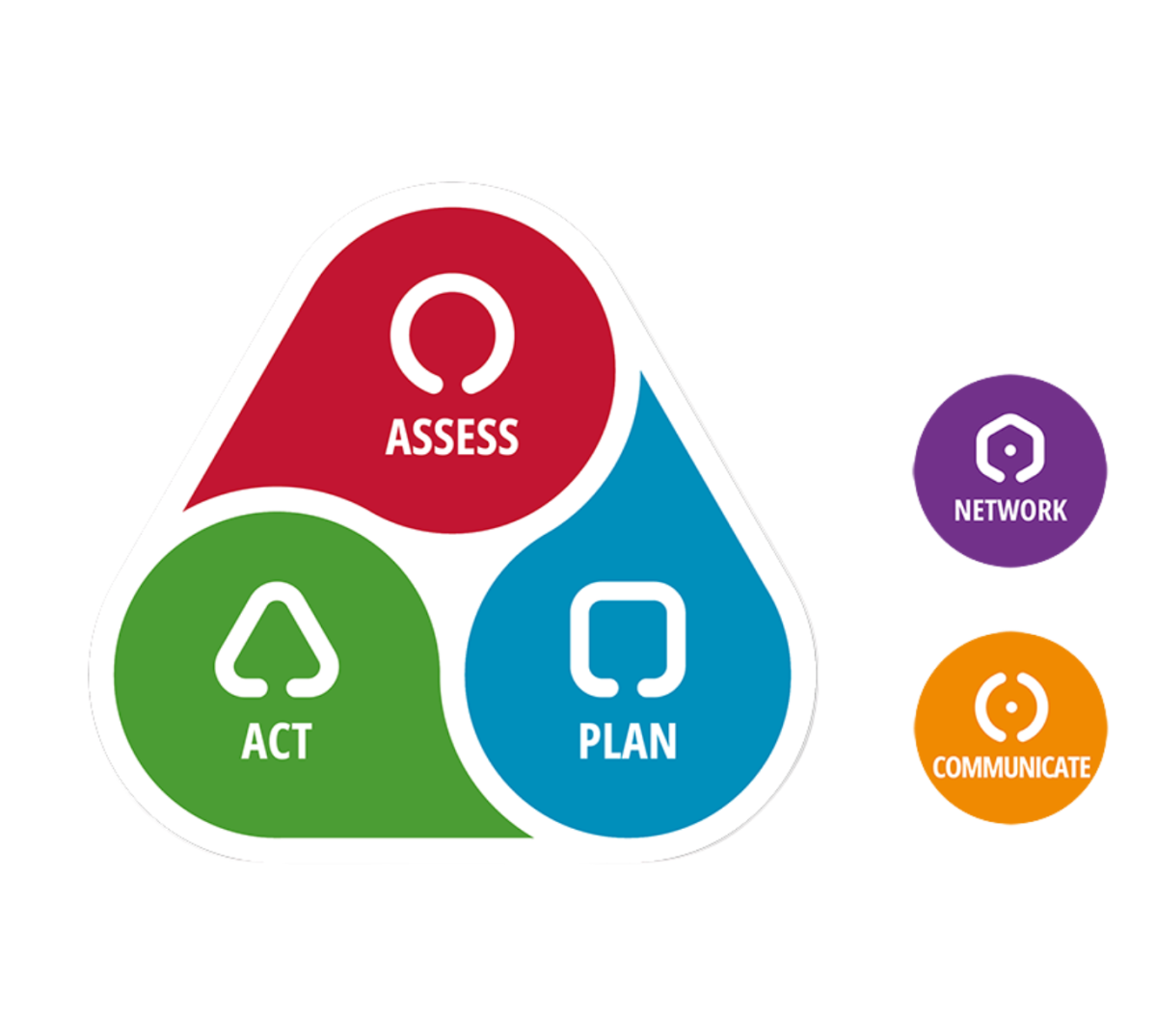Centre for Species Survival Nigeria
The Centre for Species Survival Nigeria was established in 2023 through a strategic partnership between the A.P. Leventis Ornithological Research Institute (APLORI) and the Species Survival Commission of the IUCN.
- Conserving Nigeria's Biodiversity
Working towards Nigeria’s first National Red List.
Although there have been notable publications on the composition and distribution of avifauna and various species in Nigeria, such as the Birds of Nigeria book by Elgood et al. (1994) and subsequent additions, no comprehensive National Red List or Red Book exists. Therefore, this project aims to provide a comprehensive evaluation of the conservation status of birds and biodiversity in Nigeria.



APLORI's Integration with the IUCN Species Strategic Plan
The center’s work aligns with the IUCN SSC Species Conservation Cycle, a holistic approach to species conservation that includes three essential components: Assessment, Planning, and Action, as well as networking and communication, which are essential for its implementation.
Projects - Core Focus

Assessing the species in Nigeria on the IUCN Red List of threatened species and the protection status Key Biodiversity Areas in West Africa
The purpose of this project is to conduct a comprehensive review of species listed on the IUCN Red List and evaluate the protection status of Key Biodiversity Areas

National Red List project Nigeria: endemic, rare, and threatened birds as flagship species
The purpose of this project is to initiate the development of the first comprehensive National Red List or Red Book for Nigeria, with endemic, rare, and threatened bird species as flagship species.

Networking for capacity building in Red List assessments and conservation planning
The purpose of this project is to build capacity among conservation practitioners, researchers, and students in Nigeria and the West Africa region in...
Preserving Nigeria’s Natural Heritage
We are committed to enhancing capacity building in West Africa and supporting the species conservation cycle through research, training, rigorous Red List assessments, and strategic conservation planning and action.
